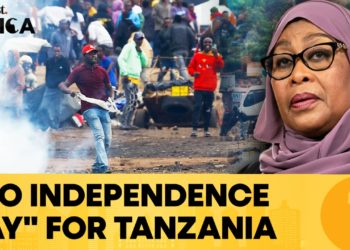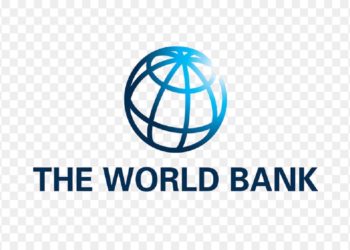International aid has long been recognized as a critical factor in supporting social and economic development in Sub-Saharan Africa. Beyond infrastructure, healthcare and education, aid also influences the stability of cooperative financial institutions, particularly Savings and Credit Cooperative Organizations (SACCOs). These member-owned financial institutions are central to financial inclusion across the region, providing affordable credit and a platform for mobilizing savings among low- and middle-income populations. Recent developments, such as the funding cuts implemented during the Trump administration, highlight the vulnerability of SACCOs to global political shifts and underscore the importance of understanding the interplay between international aid and cooperative finance.
SACCOs play a pivotal role in fostering grassroots economic empowerment in Sub-Saharan Africa. They bridge the gap left by commercial banks, offering credit to segments of society often excluded from formal financial systems. By mobilizing local savings and recycling them into affordable loans, SACCOs contribute not only to household welfare but also to local enterprise development. Their stability, however, is not entirely insulated from external shocks. Many SACCOs benefit directly or indirectly from international funding, capacity-building programs, and regulatory support financed through foreign aid.
The Trump administration’s decision to reduce funding to various development programs had ripple effects that extended into the cooperative finance sector. In Kenya, for instance, 16 SACCOs managing member deposits were reported to be destabilized by the cuts. These organizations often rely on donor-funded technical assistance to improve governance, strengthen internal controls, and align with global compliance standards. The withdrawal of such resources increases operational risks, weakens oversight, and exposes members’ deposits to greater vulnerability. Moreover, aid often supports broader financial inclusion initiatives that SACCOs depend upon, such as digitization, training, and credit-risk management frameworks. Without sustained international investment, SACCOs face the dual challenge of maintaining financial stability while navigating rapidly evolving financial markets.
The case of Kenya’s SACCOs illustrates a broader trend, the fragility of local financial systems in the face of external funding fluctuations. Sub-Saharan Africa’s cooperative finance sector is deeply embedded in the global aid architecture, and sudden disruptions create systemic uncertainty. While international aid cannot be the sole pillar sustaining SACCOs, its role in reinforcing governance and resilience is undeniable. The funding cuts also expose the need for diversification of support mechanisms. Reliance on donor financing alone places SACCOs at risk of external political dynamics. Strengthening domestic regulatory frameworks, enhancing capital reserves, and fostering private-sector partnerships are potential pathways toward reducing overdependence on foreign aid.
International aid has been integral in shaping the growth and stability of SACCOs across Sub-Saharan Africa. The Trump-era funding cuts serve as a reminder that political decisions in donor countries can profoundly affect financial inclusion at the grassroots level in recipient nations. For SACCOs to remain resilient, there is a pressing need to balance the benefits of international aid with sustainable, locally driven financial strategies. In this light, the relationship between global aid and cooperative finance is best understood not as a one-way dependency but as a dynamic interaction that requires continuous adaptation.


















